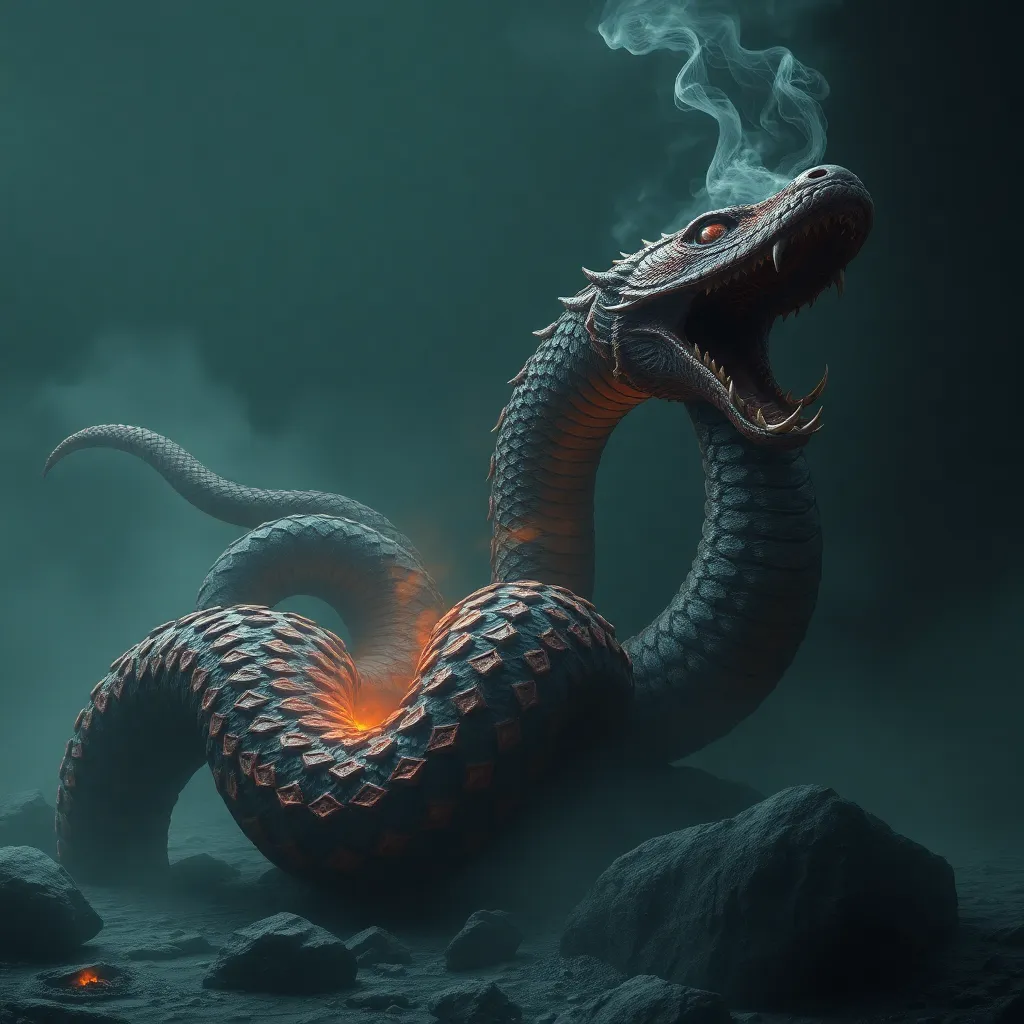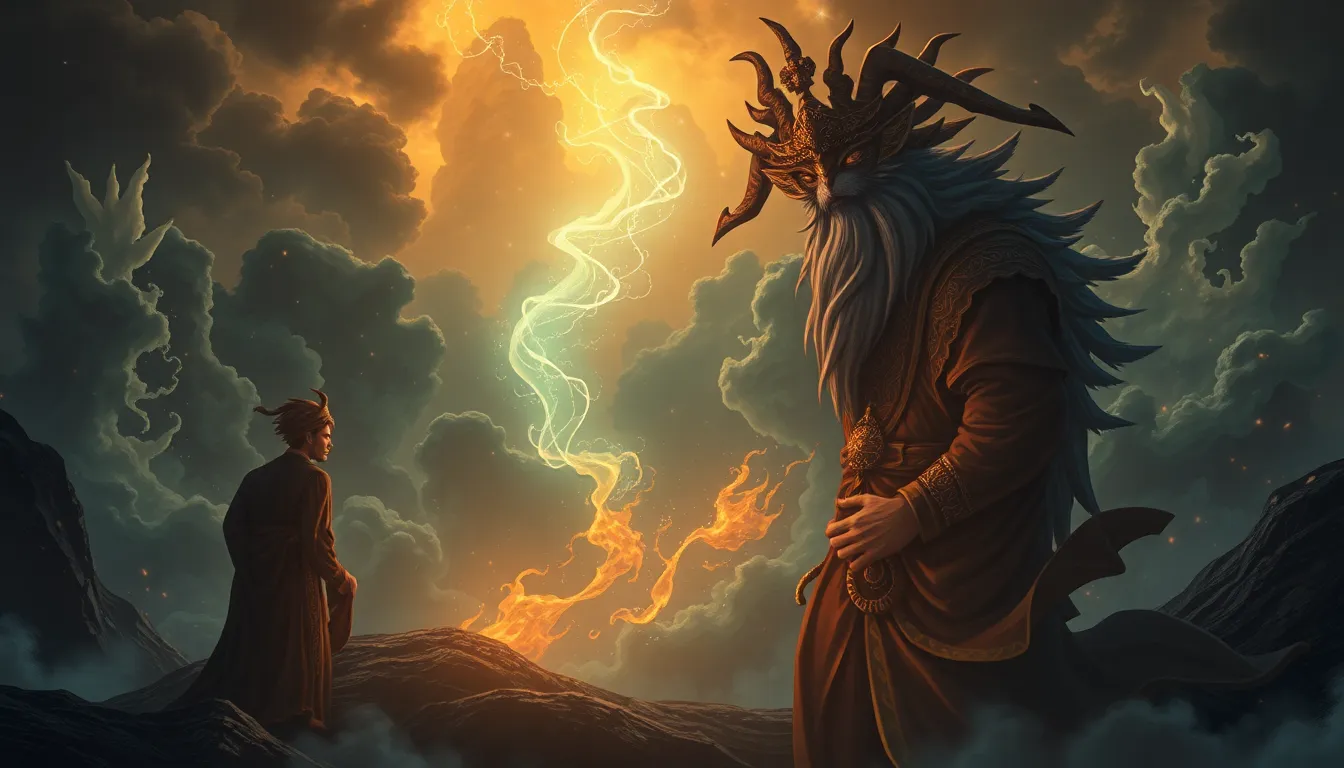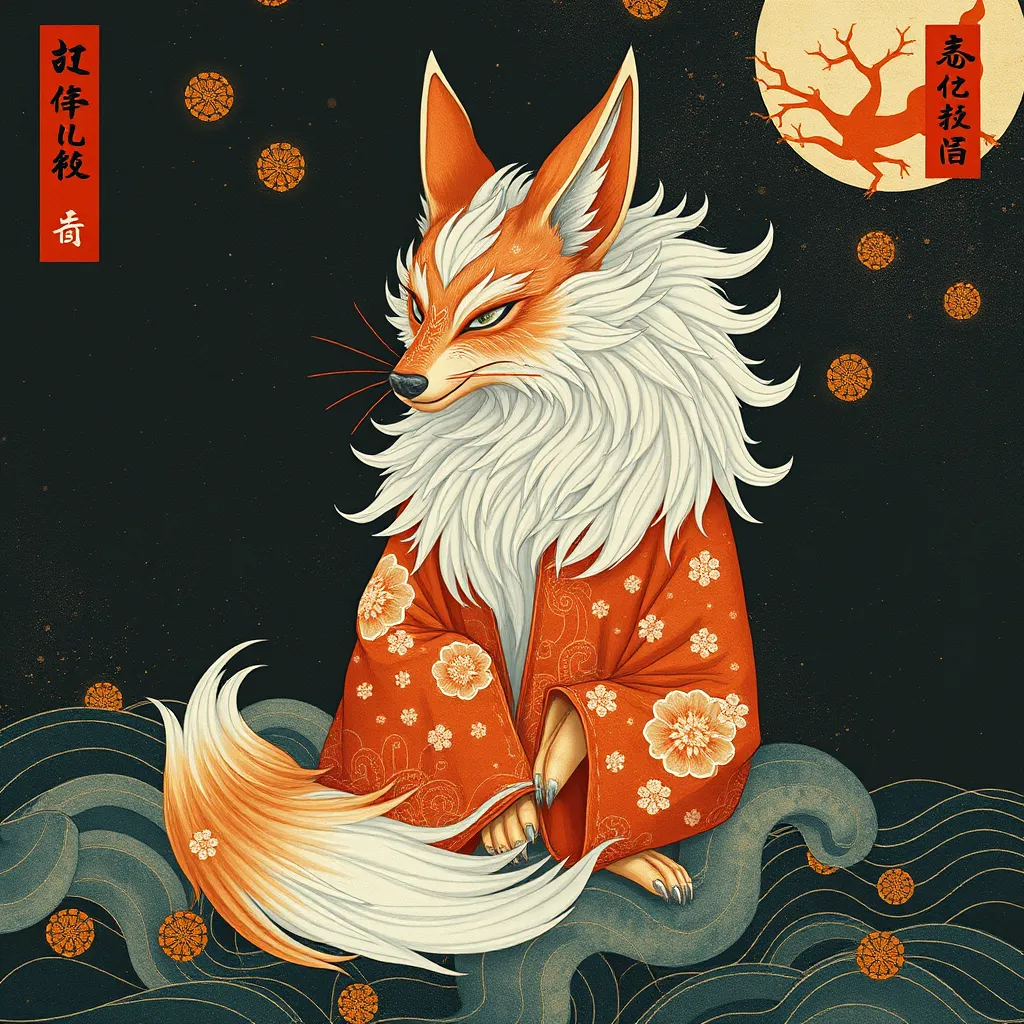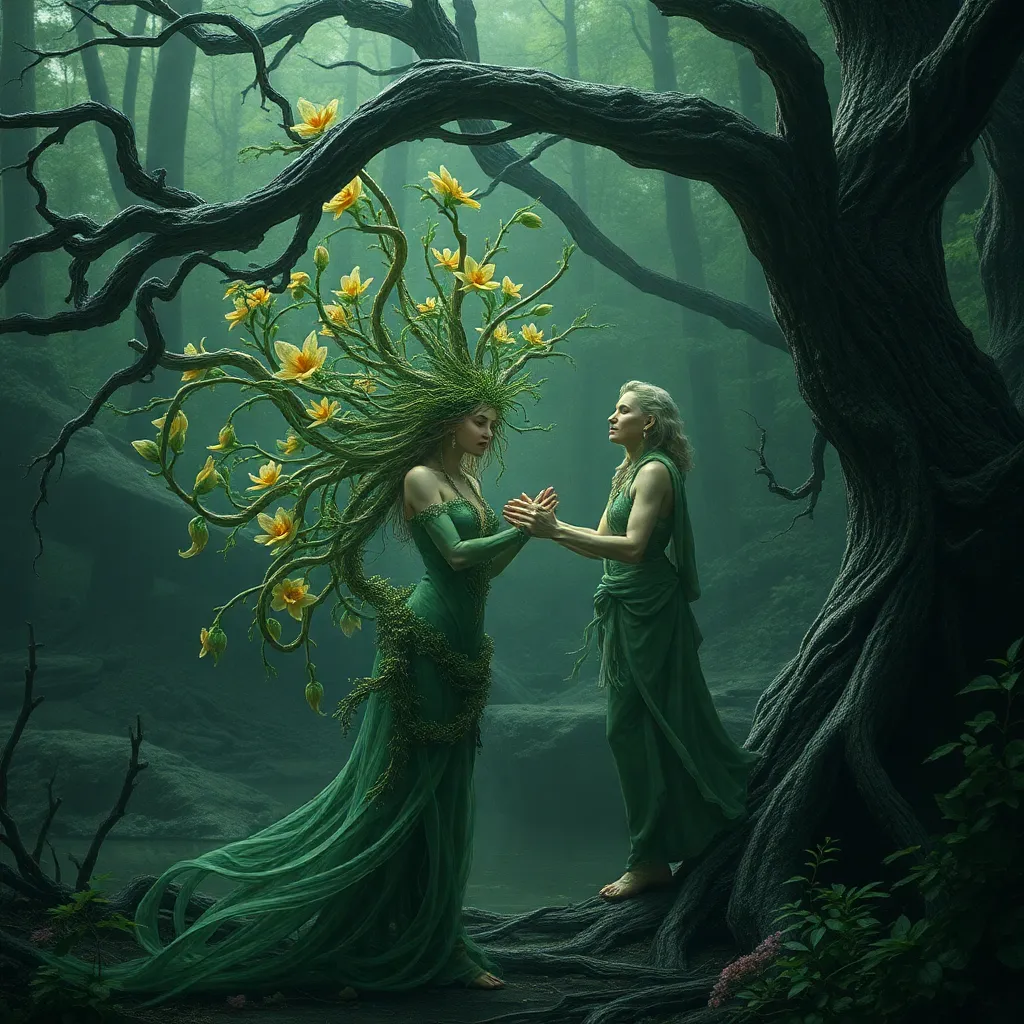Echidna and Ragnarok: Exploring the Serpent-Woman’s Potential Role in the Norse Apocalypse
I. Introduction
The Norse mythology is rich with tales of gods, monsters, and apocalyptic events. One of the most significant of these events is Ragnarok, a series of catastrophic occurrences culminating in the end of the world as the Norse gods know it. In this context, the figure of Echidna, often referred to as the “Mother of Monsters,” emerges as a fascinating character. This article aims to explore Echidna’s potential role in the Norse apocalypse, considering her origins, characteristics, and symbolic significance.
II. Understanding Echidna: The Serpent-Woman
Echidna is a figure from Greek mythology, often depicted as a serpent-woman who gave birth to many of the monsters that plagued heroes in ancient tales. Her origins can be traced back to the primordial elements of chaos, representing both the creation of life and the chaos that comes with it.
A. Origins and characteristics of Echidna in mythology
Echidna is typically described as half-woman and half-serpent, embodying the dual nature of creation and destruction. She is often considered the wife of Typhon, a monstrous giant who challenged the Olympian gods. Their offspring included fearsome creatures such as Cerberus, the Chimera, and the Hydra.
B. Her relationships with other mythological creatures and figures
As the progenitor of many monsters, Echidna’s relationships are integral to her identity. She is often associated with chaos and the primal forces of nature, serving as a counterpart to the more orderly and civilized aspects of mythology. Her union with Typhon symbolizes the battle between chaos and order, a theme prevalent in many mythological narratives.
C. The symbolism of Echidna as a figure of chaos and creation
Echidna represents the untamed aspects of nature. She embodies the idea that creation often comes with destruction, and her offspring serve as manifestations of this duality. In a way, Echidna can be seen as a bridge between the realms of the natural and supernatural, highlighting the balance between life and death, chaos and order.
III. The Concept of Ragnarok
Ragnarok is defined as the end of the world in Norse mythology, characterized by a series of events including battles, natural disasters, and the eventual submersion of the world in water.
A. Definition and key events of the Norse apocalypse
- The death of major gods such as Odin and Thor.
- The rise of monstrous entities, including Fenrir the wolf and Jörmungandr the Midgard Serpent.
- The final battle at Vigrid, where gods and monsters clash.
- The rebirth of the world after destruction.
B. Major figures and entities involved in Ragnarok
Key figures in Ragnarok include:
- Odin – The Allfather and chief of the Aesir.
- Thor – The thunder god, known for his strength and his hammer, Mjölnir.
- Fenrir – The monstrous wolf destined to kill Odin.
- Jörmungandr – The Midgard Serpent, who is prophesied to kill Thor.
- Hel – The goddess of the underworld.
C. Thematic significance of destruction and rebirth in Norse cosmology
The theme of destruction and rebirth is central to Norse cosmology. Ragnarok signifies not just an ending but also a new beginning, reflecting the cyclical nature of existence. The world is destroyed, but from its ashes, a new world emerges, symbolizing hope and renewal.
IV. Parallels Between Echidna and Norse Mythology
When examining Echidna alongside Norse mythology, intriguing parallels arise, particularly concerning serpentine figures and the roles of monstrous beings.
A. Comparison of Echidna with serpentine figures in Norse lore
Echidna’s serpent form finds a counterpart in Jörmungandr, the Midgard Serpent. Both figures embody the themes of chaos and destruction, playing crucial roles in their respective mythologies. While Echidna gives birth to chaos, Jörmungandr represents the chaos that threatens the gods.
B. The role of monstrous beings in both mythologies
Both Greek and Norse mythologies feature monstrous beings as essential components of their narratives. These creatures often embody the darker aspects of existence, challenging the gods and heroes:
- In Greek mythology, monsters like the Hydra and Cerberus test human strength and virtue.
- In Norse mythology, creatures such as Fenrir and Jörmungandr threaten the very fabric of the cosmos.
C. The concept of duality in creation and destruction
Both Echidna and the figures in Norse mythology exemplify the duality of creation and destruction. While Echidna creates chaos through her monstrous progeny, the events of Ragnarok also reveal the destructive potential of the gods themselves. This duality reflects the complex relationship between life and death in both mythologies.
V. Possible Interpretations of Echidna’s Role in Ragnarok
While Echidna is primarily a figure of Greek mythology, her thematic elements could hypothetically intersect with the events of Ragnarok in several ways.
A. Hypothetical scenarios of Echidna’s involvement in the events of Ragnarok
- Echidna could be envisioned as a mother figure rallying her monstrous children to join the fray against the gods.
- Her chaos-inducing presence might amplify the already tumultuous events of Ragnarok.
- She could symbolize the inevitable return of chaos following the gods’ attempts to restore order.
B. The influence of Echidna on the balance of chaos and order
Echidna’s essence could serve as a reminder of the fragile balance between chaos and order. Her role might suggest that even in the face of destruction, chaos is a necessary force for rebirth and renewal.
C. Connections to other mythological narratives of apocalyptic figures
The figure of Echidna resonates with other apocalyptic creatures in various mythologies. For instance, the concept of a monstrous mother figure can be found in many cultures, highlighting the universal theme of chaos preceding creation.
VI. Cultural Impact and Legacy
The intersection of Echidna and Norse mythology has influenced modern interpretations and storytelling, showcasing the enduring nature of these ancient narratives.
A. How Echidna and Norse mythology intersect in modern interpretations
Contemporary adaptations often blend different mythologies, creating new narratives that explore the conflicts and complexities of these ancient figures. Echidna’s chaotic nature can be juxtaposed with Norse themes of destruction and rebirth, enriching modern storytelling.
B. The role of these myths in contemporary storytelling and popular culture
Myths like those of Echidna and Ragnarok continue to inspire literature, films, and art. They serve as powerful symbols of the human condition, reflecting our struggles with chaos, order, and the cyclical nature of life.
C. Artistic representations of Echidna and the themes of Ragnarok
Artists have long depicted Echidna and the events of Ragnarok, often emphasizing the themes of chaos and transformation. These representations allow audiences to engage with the mythological narratives in a visual and emotional way.
VII. Conclusion
In summary, Echidna’s potential role in the Norse apocalypse presents a fascinating exploration of mythological themes of chaos and creation. Her character, embodying the duality of life and death, resonates with the events of Ragnarok, where destruction leads to rebirth. Understanding these mythological figures enhances our comprehension of cultural narratives and the profound interplay of chaos and creation that defines human experience.
VIII. Further Reading and Resources
A. Suggested literature on Norse mythology and Echidna
- The Poetic Edda – A primary source for Norse myths.
- The Prose Edda by Snorri Sturluson – A foundational text on Norse mythology.
- <em




